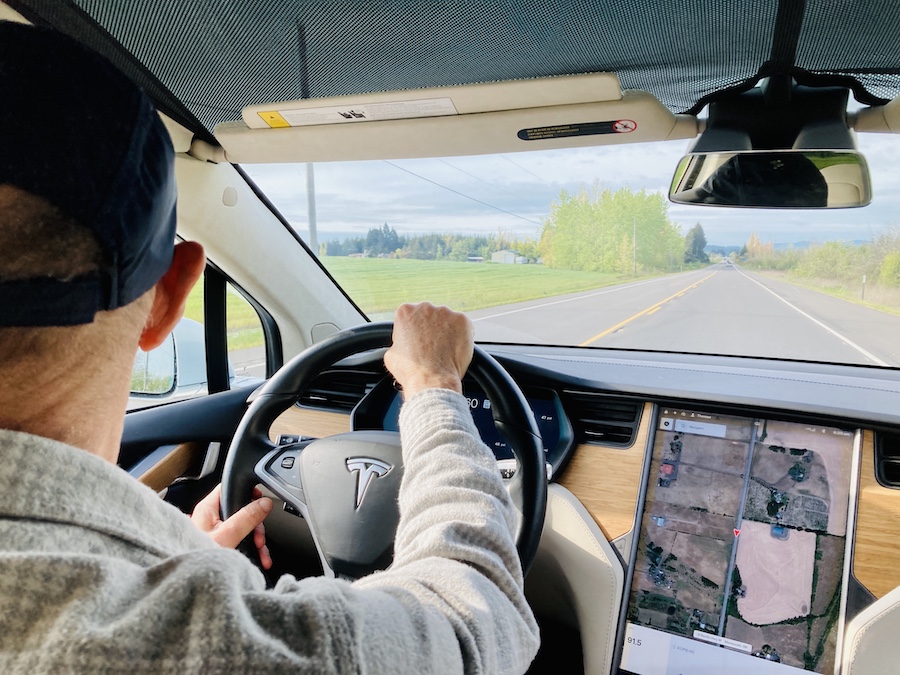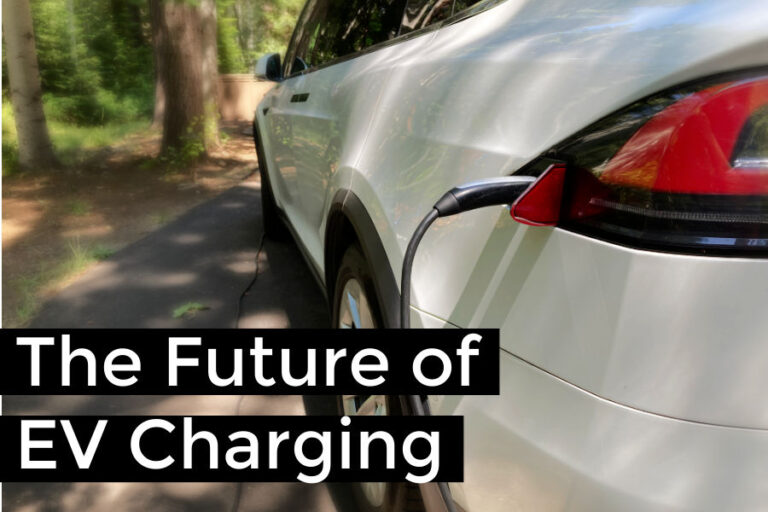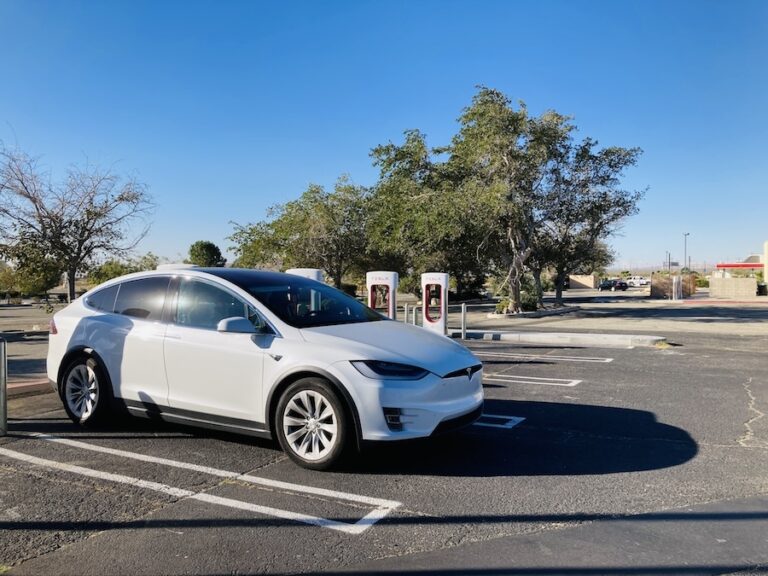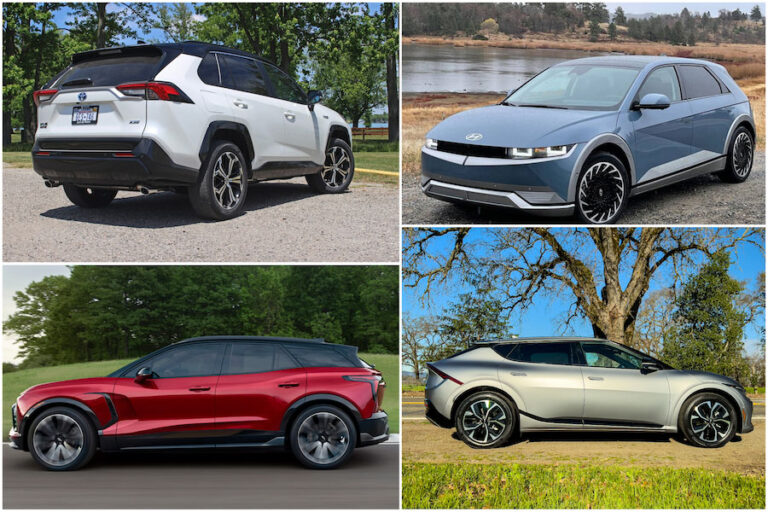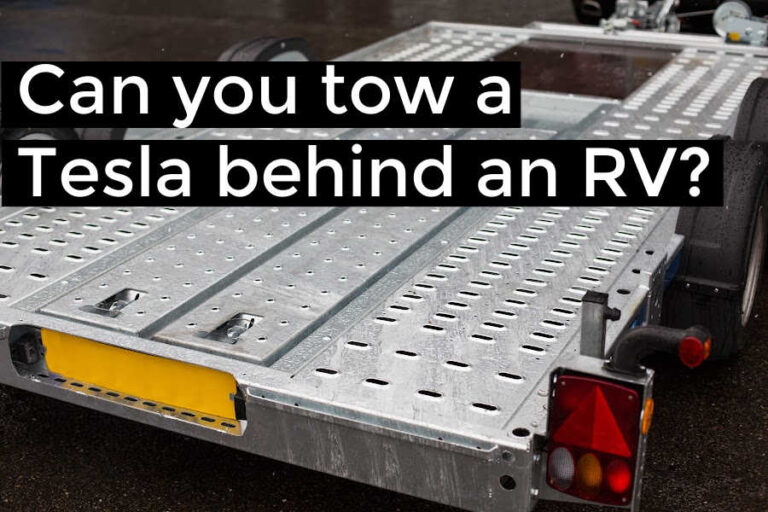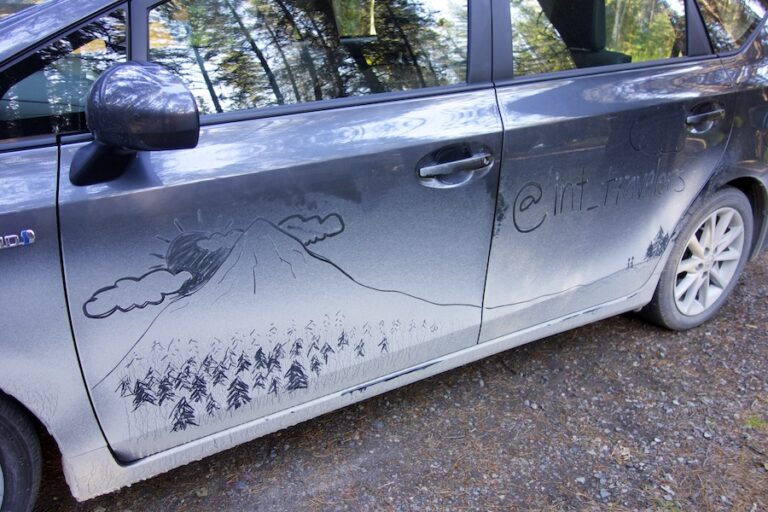Tesla Road Trip Planning Tips
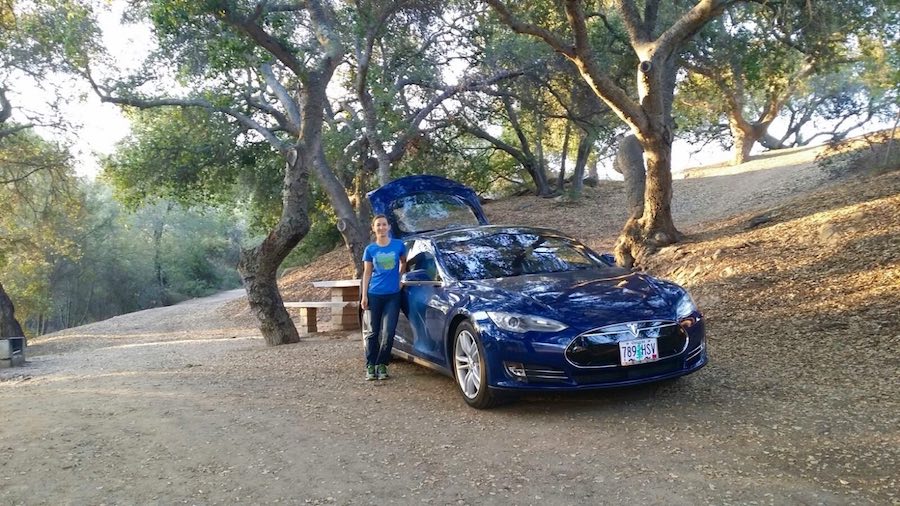
With the help of Tesla road trip planner apps and the introduction of Tesla camping mode, embarking on a Tesla road trip can be an exciting, fun adventure. But as with all electric cars, it takes a lot of careful planning to make your trip as stress-free as possible.
This article will give you tips on how to plan your route, things to do to prepare for the road, and ways to maximize charging and efficiency throughout your road trip.
Plan Your Tesla Road Trip Route in Advance
Begin by deciding on your starting and final destination. Using the Tesla Navigation or other route planning apps, you’ll be able to choose a route that shows you several charging stations along the way.
Planning what route to take is all based on your preference. You can take the shortest route to get to your final destination in the quickest time possible. Alternatively, you can take detours to destinations like hotels or shopping centers with destination charging stations. Though not as fast as superchargers, they will still give you some miles back while you’re away from your car.
Taking breaks at supercharging stations is a great option especially for long trips that need more than a single charge. Tesla has the best charging infrastructure in the world.
If possible, you can charge overnight while you stay in an area and have a full charge the next day.
Tesla Route Planning Apps
Tesla Route Planner – Best for when you’re on the road. Enter start and end destinations on the touchscreen in your vehicle, and Tesla’s navigation will map out a route based on charging stations on the way. It can also adjust your route for traffic.
Plugshare App – Has a comprehensive database that shows over 180,000 charging stations in the United States and Canada. Shows you routes and hotels with destination chargers. It also allows you to monitor charging sessions.
A Better Route Planner – Provides real-time traffic and weather updates. It has worldwide coverage with provides live information on Tesla Supercharger availability.
Prepare Your Tesla for the Road
Before you hit the road, make sure that you pack all your essential equipment. The Tesla mobile adapter should be at the top of your checklist since it allows you to charge your car in different outlets.
At the same time, don’t bring too much in order to reduce weight in the vehicle. This conserves energy and increases your range. If you are camping in a Tesla, you also want to have enough room to sleep comfortably.
As much as possible, maximize your car’s total range by charging the battery up to 100% for your first Tesla road trip leg. Once you have a full charge, you’ll be ready to enter your first destination into the Tesla navigation app.
Use Tesla Autopilot
Using autopilot can come in handy in your Tesla road trip, especially for long drives. Though you still have to be fully attentive, autopilot reduces your workload as a driver with features such as traffic-aware cruise control and autosteer. Cruise control in general helps with range as it controls unnecessary, manual acceleration and deceleration.
Sometimes a car can be smarter than you.
Turning on autopilot depends on your Tesla model. For Model S and Model X, you need to pull down once on the cruise control stalk. For Model 3 and Model Y, pull down once on the gear selector stalk.
We recommend setting the “following distance” to the longest distance possible for maximum safety.
How To Improve Tesla Driving Efficiency On Road Trips
To make the most out of your electric vehicle’s range, drive more slowly to make sure the battery uses less energy. (Conserving power by reducing speed is really only necessary if you might run out of range before making it to the next charger.)
Keeping the Tesla’s tires at the appropriate pressure can also help. The car stats can tell you the current pressure, and it’s helpful to keep a portable air compressor in the car or make stops at gas stations to adjust the air when needed.
You can also draft behind larger vehicles to increase overall range. Following a larger vehicle will create less wind resistance on your car, increasing your overall range. However, don’t draft too close and make sure the driver of the larger vehicle can see you in their mirrors.
If you have several route options on your Tesla road trip, selecting a flatter route with less elevation to climb can extend your range.
Lastly, turn off or reduce the HVAC system to conserve more energy. Although you can’t control the weather, it’s good to be aware that extreme temperatures, wind and rain can use up power faster and reduce your range.
Tesla Road Trip Charging Tips
When you’re driving to a charger, set the Tesla’s map directions to the charger waypoint (as opposed to turning directions off or routing to something nearby). This supposedly “tells” the car you’re going to charge and it will prepare the battery.
First, try not to charge directly beside another car, instead leave a space between each vehicle. Tesla shares power between the same charging stalls so it will cut into both cars’ charge rate.
Also note that Tesla chargers are not all the same. There are different charging speeds available, even on the superchargers. Charge speed can also be limited by your vehicle capability, but in many cases, you’ll want to prioritize 220 kW over the 110 or 72 kW.
Often the charge cable is quite short at these charging stalls, so you need to back in pretty close to the outlet.
Generally, it’s good to charge to about 90% on an average road trip.
Charging slows as the battery gets closer to max capacity. In other words, it will charge more quickly at first and then slow down exponentially. For this reason, it’s not usually worth waiting for a few extra percentage points unless there’s a real risk that you won’t having enough range to reach the next charger.
Once you’re done charging, don’t continue occupying the charging spot if you plan on staying for a while. Move aside to let other vehicles charge once you’re done. (In some places, there are fees for overstaying in a charging spot.)
When leaving the car parked overnight, try to keep the range over 90 miles when leaving it unplugged. Generally, the Tesla only loses around 4 miles overnight, but if you leave security features on, it can lose closer to 10 miles per day.
If you’re visiting a place you can plug into a regular wall charger, it’s handy to bring an extra long extension cord. Just be aware that it can overload some exterior house plugs or trip the power on some household systems. In this case, there’s an option to change the charge setting to a lower voltage, which forces a slower charge.
You don’t really need to worry about knowing when you have enough charge left. Simply check the navigation app or car dashboard to know your charge percentage and you’ll be able to see when you’re good to go.
Going on the ultimate Tesla road trip requires planning routes with charging stations in mind, maximizing efficiency and battery along the way, and using built-in features such autopilot or the navigation planner to make your trip as smooth as possible.
Follow these tips and you’ll enjoy the ultimate Tesla road trip! Do you have your own tips, advice, or questions about electric vehicles for travel? Let us know in the comments.
Like this post? Save it for later or share with friends!
